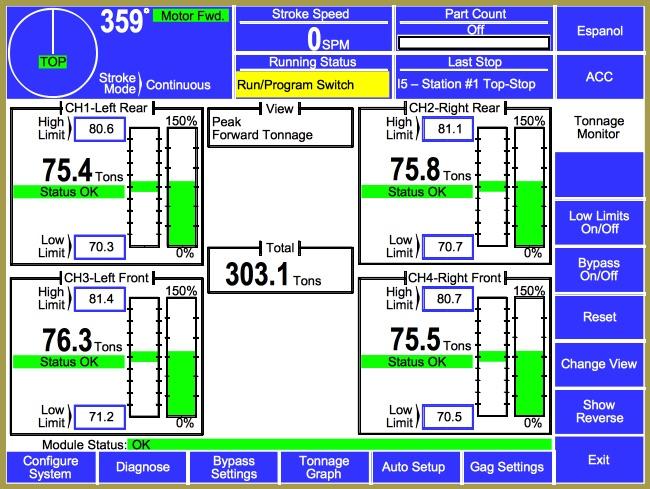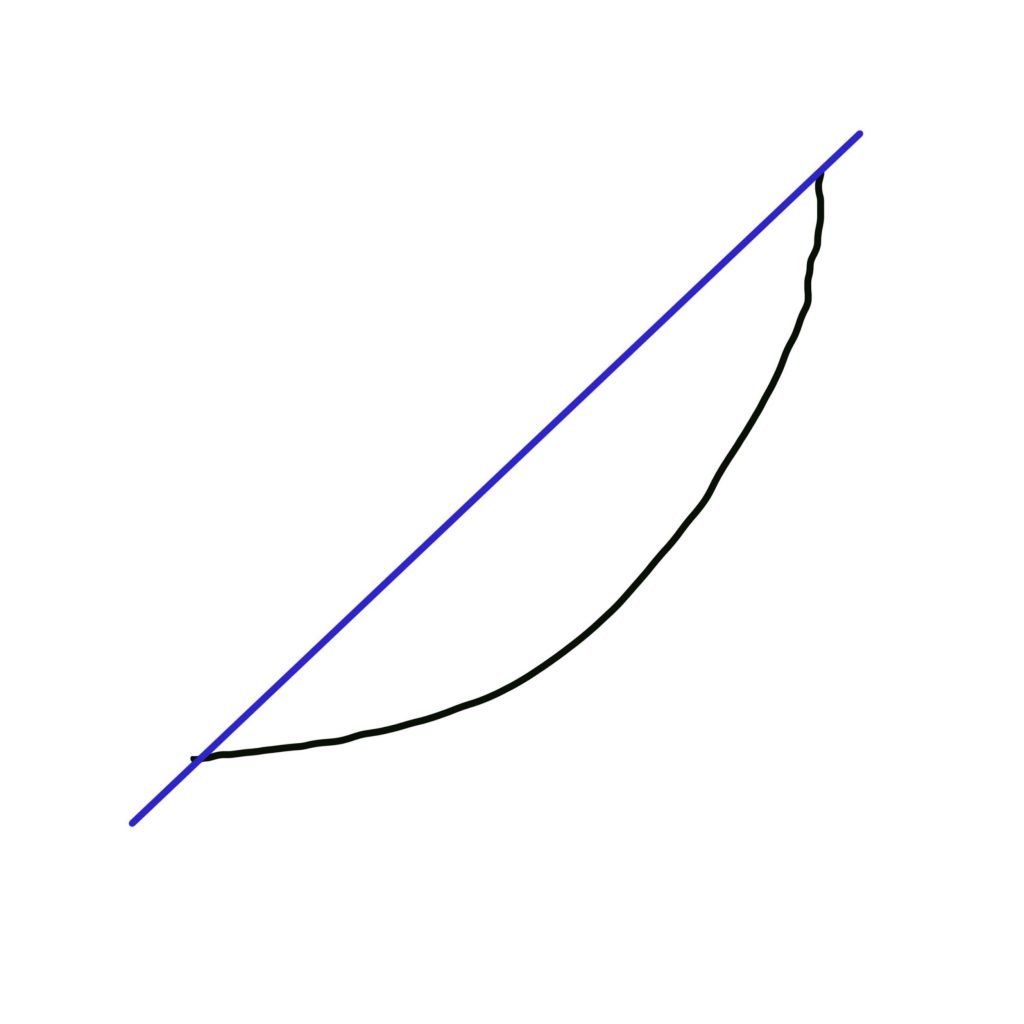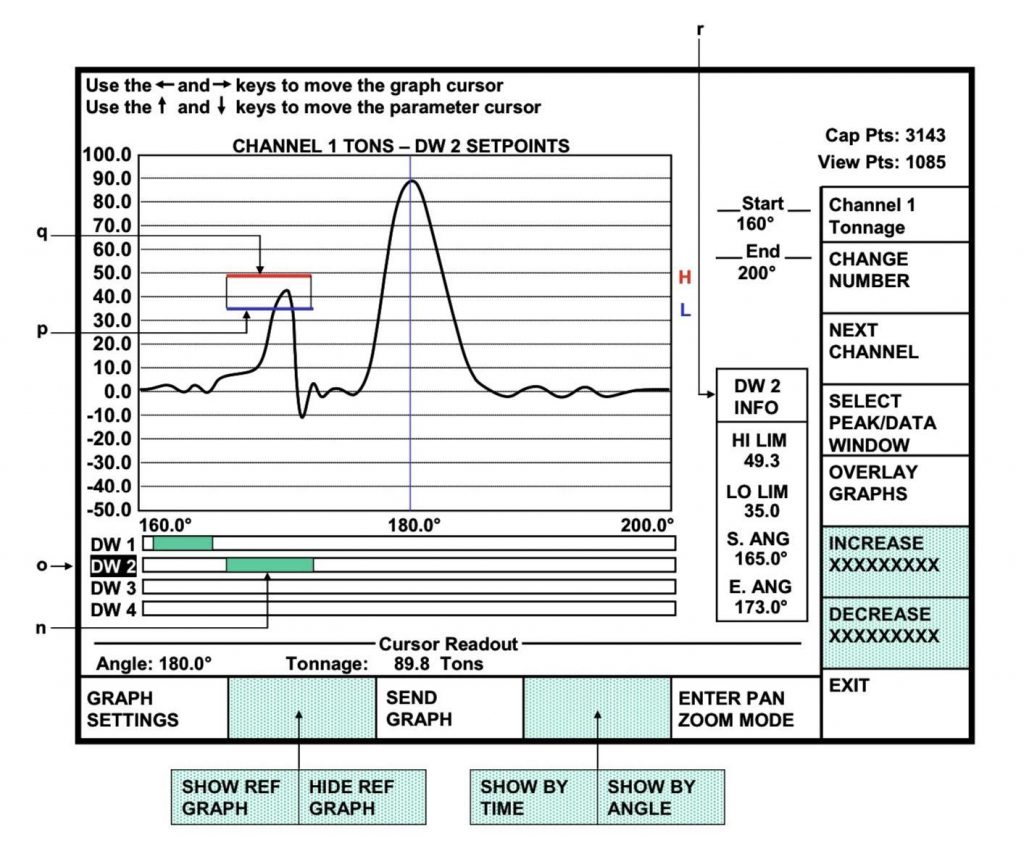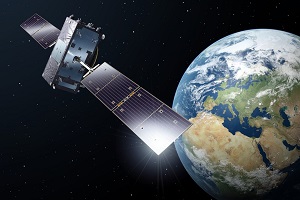Analogue measurement can define your upside. when you look at what you can achieve in a plant, you may be able to accomplish a lot with just simple digital sensors. You can tell when something switches state ( goes on and off), you know if things are running or not running, you can tell if things are where they are supposed to reach.
This is all very important information. But what about that gray area between good and bad, on but failing, running but slowing. These analogue measurements are what will determine your upside, says Joseph Zulick a writer and manager at MRO Electric and Supply.
The measuring in a digital state, simple on or off has a value. It can identify simple pass fail measurements. Have you been in many plants where after parts fail, an inspector or supervisor comes around and reinspects or evaluates the bad parts and then asks them? You’re kidding yourself if you say not in my plant. Many times we set up parameters and put certain goals or metrics in place but these are not truly a hard failure but instead a notification that we are getting out of tolerance. You can narrow down the focus and tolerance of a sensor to precisely monitor a value but in general there is a tolerance and it can be impacted by temperature.
Analogue measurement allows you to track the deviation. As we move from a good / pass state to bad / failure state. The benefits of analogue measurement temperature, speed, vibration, etc. are really pronounced when you pair that with analogue motor controls in the form of servo or inverter controls, or analogue feed rates, just as a couple examples. When you vary a motor speed rate on a machining centre and you can watch the analogue results of this change, the value is dramatic. Especially if you compare this with a simple on off sensor that doesn’t change state until you have gone over the edge and created a bad part.
Why does analogue measurement define your ceiling? In a performance analysis, we can only obtain a limited amount of information from digital sensors (simple on/off). It is also important to consider the need for advanced communications to transmit the analogue information compared with simple sensors. But the increase in data yields huge data and processing power. Comparators. Comparing the data of a simple on/ off switch is pretty easy using simple “ and” gates if both the register which stores the state you want and matching it against the data, very simple. Now we have advanced processing and advanced data which provides us with greater register information and thus baseline comparison.
One of the greatest benefits of analogue measurement is that you have the ability to draw and show graphs based on this data. This data allows you to better visualise information. Position is one of those areas that it’s of value to actually understand the relationship between angle and position. All of these contribute to the VALUE of your information and your system.

All types of data can bring value. Above is a Tonnage readout delivering data of what we accept as a high and low level tonnage. As you move away from the centre you generate a different indication, moving from green- to yellow- to red. Tonnage is one of those values that machines use to indicate wear. Same as temperature and motor current and other analogue values.
The different indicators work just like in your body where you start to feel run down. Or perhaps you have an acute problem that hits all of a sudden. Same here, you can have some readings that change gradually showing wear patterns and developing information and data that can then relate to the amount of time or number of revolutions or strokes. This data can be used by AI to become predictive in nature. These wear patterns rarely are linear. Most times these values fall off dramatically.

Tonnage graphs can be very valuable because they not only show you how much tonnage but when! Below the tonnage graph is referenced in time based on the angle of a crankshaft. This shows us when something occurs and then you can overlay another graph and compare the change. The tonnage May be reflected as the same tonnage but not occurring at the same angle. This can have a huge impact on the quality of the part that’s being produced without even knowing it has changed.
Notice that 2 peaks occur on one graph, if you just show a single number at peak you will never get the full picture of what has happened. In this graph you would just know 90 tons if I just showed this on a number or even offline in a register of a computer. This is greatly undervaluing the information that’s been delivered. Sometimes all you need is a number, sometimes all you need is to know something turned on and off, but many times the hidden gems of information are found within a graphical detail.
Many machining centres are now providing analogue information of the motors. This is because the details of how fast the tool is cutting, how much material is being removed at one time, needs to be compared with temperature data since they work hand in hand. Think about a drill bit. If I want to drill a hole faster, I typically can lean against the drill motor and cut more material or I can run the drill at a faster speed. But these both have their own negative impacts. Also, the sharpness of the drill bit also has an impact on speed, heat, motor wear, etc.

All of these pockets of information provide a piece to the puzzle. Any one piece will give you an idea of the big picture but only when you have all the pieces can you truly take in what it is you’re seeing. Information without reference can limit you also. A well defined history is required to really take advantage of data. Analogue provides the most complete picture. You can still pull out the digital footprint but it provides all those other colours outside of black or white.
Big data is only the informational part of the value. The interpolation of the data into other systems or into spreadsheets is where you have the largest gains in value. With digital data it is very easy to just plug this in and say x = 1 but you can do this with analogue also but still maintain the integrity of the data so you can use this in graphs and overlays so the data can be used in many more valuable systems.
It has been very popular to start measuring temperature with simple temperature sensors that turn on and off at a certain value. One issue is that the turn on and turn off or ( reset point) is rarely the same. This is another area that adds value when using a temperature probe and actually reading analogue values from the machinery. This can be bearing temperature, which can be mechanically on a machine or integral as part of a motor or spindle where you need to monitor the temperature and track deviation that may occur and by extension predict failure.
The value of analogue cannot be overemphasized. It will reinforce your ROI as a company.
The author is Joseph Zulick is a manager at MRO Electric and Supply.
Comment on this article below or via Twitter: @IoTNow_OR @jcIoTnow










